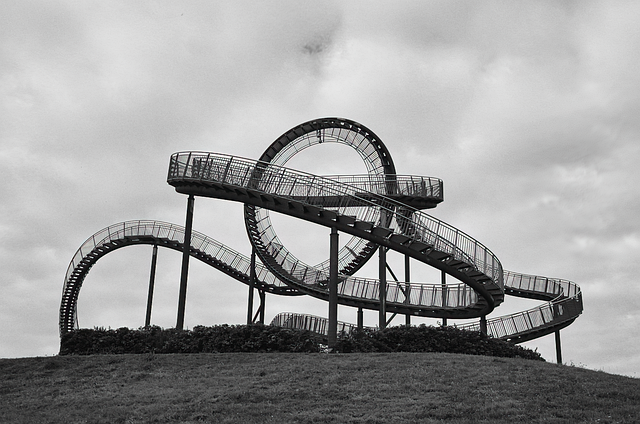Green areas play a crucial role in fostering sustainability, particularly in the realms of transport and rural development. As we delve into the interplay between green spaces and these sectors, it becomes increasingly clear that the integration of nature into our living environments not only enhances our well-being but also contributes significantly to a sustainable future.
Transport sustainability is a pressing concern for urban planners and policymakers worldwide. The presence of green areas in cities encourages the development of sustainable transportation solutions. Parks and open spaces can serve as vital links in a city’s transport network, promoting walking and cycling as viable alternatives to conventional motorized transport. This shift not only reduces greenhouse gas emissions but also enhances public health by encouraging physical activity.
Moreover, green areas can enhance the aesthetics and functionality of transit hubs, making them more inviting for users. For instance, integrating lush landscapes into train stations or bus stops can transform these locations into community spaces that foster social interaction and reduce the stigma often associated with public transport. By prioritizing ecological design, cities can create environments where people are inspired to use sustainable transport options.
In rural development, green areas are equally essential. They serve as the lifeblood of communities, providing necessary resources such as food, clean air, and recreational opportunities. Rural areas that prioritize the preservation and enhancement of their green spaces often see a boost in local economies. Eco-tourism, outdoor recreational activities, and local agriculture thrive in landscapes that are rich in biodiversity. This not only supports the rural workforce but also encourages sustainable land use practices that protect the environment.
Furthermore, green areas can serve as educational platforms for rural communities. Through initiatives related to green energy and sustainability, residents can learn about permaculture, renewable energy sources, and conservation methods. Empowering communities with knowledge fosters a culture of environmental stewardship, linking economic growth directly with ecological health.
As the green energy sector gains momentum, we must recognize the interconnectedness of transport sustainability and rural development. Investing in and nurturing green areas is not merely an aesthetic choice; it is a strategic move that paves the way for cleaner transportation methods and resilient rural communities. By emphasizing the importance of these spaces, we can create a conscious shift towards a future where ecological and economic interests are harmonically aligned.
In essence, green areas are more than just patches of nature amidst concrete; they are vital components of a sustainable future. As we explore their impact, we must continue to advocate for policies that protect and expand these invaluable spaces, recognizing them as essential in the journey towards a greener planet and a thriving society.




